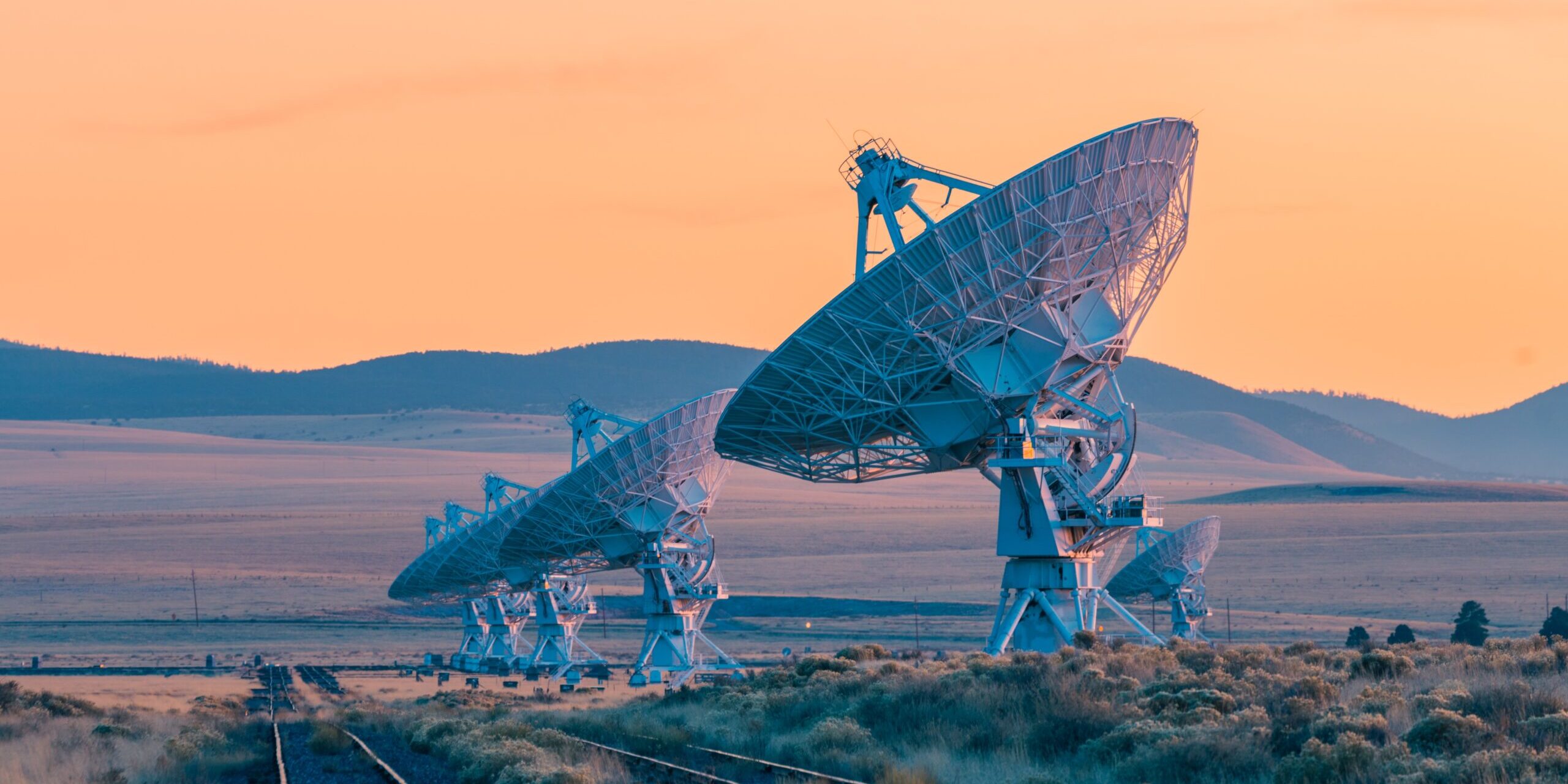In 2023, the low Earth orbit (LEO) satellite industry is witnessing remarkable developments, with both commercial and technological advancements taking center stage. SpaceX’s Starlink service has reported positive cash flow, demonstrating the commercial viability of space ventures involving public and private sector collaboration. On the consumer side, Apple’s latest devices incorporate satellite communication features, while Huawei introduces smartphones with satellite calling capabilities.
The commercialization of space is rapidly gaining momentum, and satellite terminals are becoming increasingly prevalent. Alongside global players like SpaceX and OneWeb, Chinese companies are making substantial strides in the supply chain and private sector, propelling significant growth in the Chinese aerospace industry.
Huawei’s launch of the Mate 60 Pro smartphone, which supports satellite communication, marks a pivotal moment as satellite capabilities become mainstream. Reports suggest that Mate 60 Pro buyers, often outdoor enthusiasts, are embracing satellite communication not only through smartphones but also by equipping their vehicles with satellite communication devices.
From smartphones to satellite-enabled vehicles, a comprehensive satellite ecosystem is emerging in daily life, driving continuous expansion in the satellite industry market. Notably, Geely Zeekr 001 FR, equipped with a satellite terminal developed by the Chinese private aerospace company Geespace, supports satellite communication and exemplifies the integration of satellite technology into intelligent vehicles.
Geespace’s ambitious plans include introducing key components like satellite communication chips and positioning modules for various Geely vehicle models, contributing to the rapid development of China’s satellite industry from an intelligent vehicle perspective.
In 2023, LEO satellite operators, including SpaceX, OneWeb, and Amazon’s Project Kuiper, are making significant progress, with numerous launches and deployments expected in 2024. China, with its ambitious target to launch 25,000 LEO satellites, faces time constraints due to limited suitable orbits and competition from global leaders in satellite construction and launches.
Chinese private sector participants, such as Geespace, Galactic Energy, Galaxy Space, and Chang Guang Satellite Technology, are actively involved in satellite manufacturing, launch services, satellite network solutions, and commercial remote sensing satellite services. Their engagement is set to drive down satellite manufacturing costs and facilitate large-scale production.
Geespace’s establishment of a satellite super factory in Zhejiang reflects the growing trend of satellite applications in the automotive industry, further emphasizing the integration of satellite technology into daily life.
While standards for 6G technology are yet to be established, satellite communication is already considered a potential technology for the next generation of telecommunications. This positions China to maintain its influence in the 5G era and strive for continued prominence in the upcoming 6G era.
Beyond direct satellite communication through smartphones and vehicles, the vision for 6G involves non-terrestrial networks (NTN). In this future scenario, LEO satellites and ground terminals on vehicles could serve as base stations, utilizing phased array antenna technology to create satellite communication modules and form an extensive mobile communication network.
As Chinese companies accelerate their involvement in the space industry, combined with the prospects of 6G technology, China’s substantial government support and expansive market make it an enduring focal point of global attention, driving innovation and advancements in supply chain dynamics.







